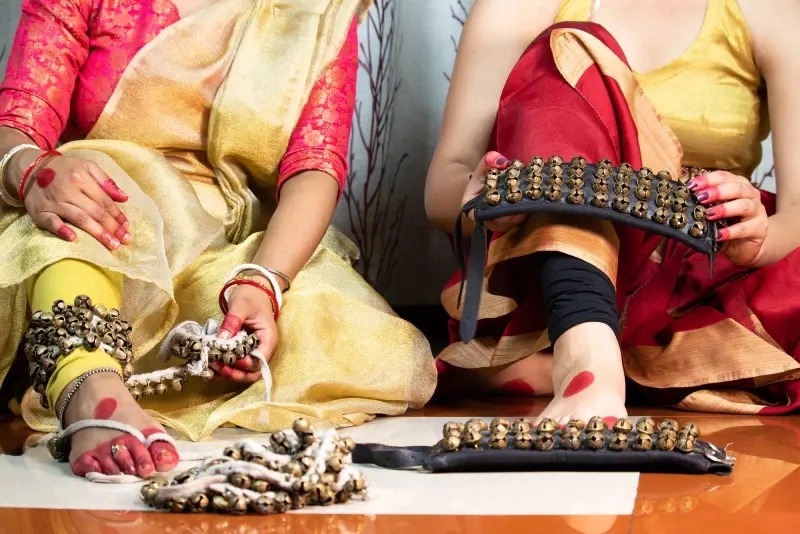Comparative Analysis: Unveiling the Nuances of Bharatanatyam and Kathak Classical Dances

Within the world of classical dance, Bharatanatyam and Kathak stand as two prominent pillars of cultural expression and artistic brilliance. In this comparative analysis, we delve into the intricate details of these revered dance forms, uncovering their unique features, historical backgrounds, stylistic elements, and cultural significance. “Dance is the hidden language of the soul, and when two classical forms like Bharatanatyam and Kathak converse, they create a symphony of cultural expressions.” 1. Historical and Cultural Context:Explore the origins of Bharatanatyam in the temples of South India and Kathak’s evolution from the royal courts of North India. Uncover the cultural contexts that shaped these dances into distinct forms of artistic storytelling. 2. Movements and Techniques:Break down the foundational movements and techniques of Bharatanatyam and Kathak. Examine the footwork, hand gestures (mudras), postures, and rhythmic patterns that define each dance style’s vocabulary. 3. Music and Rhythm:Delve into the musical accompaniments that guide Bharatanatyam and Kathak performances. Analyze the rhythmic structures, instruments, and vocalizations that create the foundation for each dance’s expression. 4. Costumes and Makeup:Compare the elaborate costumes and makeup used in Bharatanatyam and Kathak. Uncover how these visual elements contribute to the storytelling and aesthetics of each performance. 5. Expressive Elements:Explore the emotional and narrative aspects of Bharatanatyam and Kathak. Analyze how facial expressions, storytelling, and character portrayal are integrated into each dance form’s framework. 6. Regional Styles and Influences:Discuss the regional variations within Bharatanatyam and Kathak. Examine how different schools and gharanas have added their distinct flavors to these dance forms over time. 7. Performance Contexts:Compare the traditional performance contexts of Bharatanatyam and Kathak, from temples and courts to modern stages. Explore how these dances have adapted to contemporary platforms. 8. Cultural Impact and Revival:Examine how Bharatanatyam and Kathak have contributed to cultural identity and artistic revival. Discuss their roles in preserving heritage and captivating global audiences. 9. Evolution and Innovation:Investigate how Bharatanatyam and Kathak have evolved over the years. Analyze the ways in which modern choreographers and dancers have incorporated innovative elements while preserving tradition. 10. Artistic Expression and Uniqueness:Summarize the distinct artistic expressions and unique features of Bharatanatyam and Kathak. Highlight their contributions to the rich tapestry of classical dance.The comparative analysis of Bharatanatyam and Kathak offers a deeper understanding of the diversity and depth within classical dance. By unraveling the intricacies of these dance forms, we gain a profound appreciation for their historical significance, artistic beauty, and enduring impact on cultural heritage.